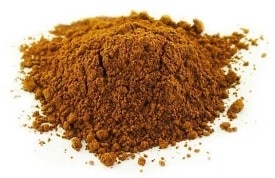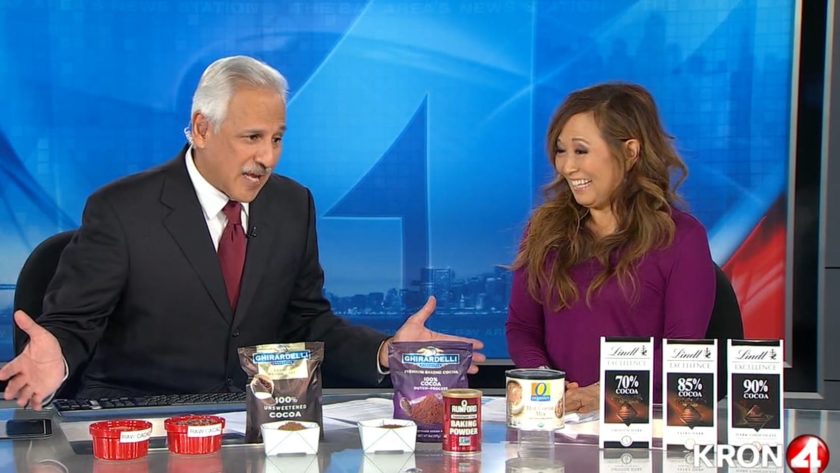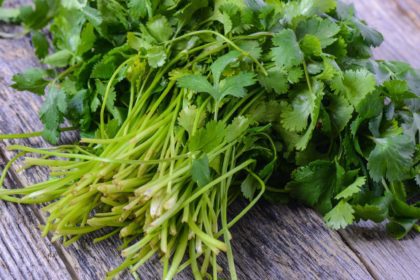Studies report that chocolate is good for your health, but how so and which ones?
Cacao (pronounced “kuh-KOW”), cocoa, Dutch cocoa, and chocolate… what’s the difference? Here’s how it all breaks down along with the ones to eat and ones to avoid.
Heart Benefits
Cocoa and cocoa-containing foods contain high levels of flavanols (“FLAY-va-nole”) — an antioxidant that reduces inflammation and dilates (widens) blood vessels.
According to extensive research, eating chocolate, particularly dark chocolate, improves the markers of cardiovascular health. Consuming flavanols from chocolate is associated with a lower rate of:
- Heart attack
- Heart failure
- Atrial fibrillation (10 to 20% lower)
- Death from cardiovascular events
The cocoa may improve:
- Endothelial function — The endothelium is the inner lining of your arteries. Its function declines with age and puts you at increased risk for heart disease.
- Lipid levels — Lipids include your total cholesterol, LDL, HDL, and triglycerides.
- Blood pressure
- Insulin resistance — This is when your body does not respond properly to the insulin it makes which can lead to type 2 diabetes. Type 2 diabetes puts you at risk for heart disease.
- Decrease cardiac fibrosis (scar tissue formation) as well as electrical and structural changes of the heart.
The Cacao vs Cocoa
Cacao and cocoa have historically been used interchangeably, but the two are different ingredients. Cacao is the PUREST FORM of chocolate — ‘raw’ and natural. It’s the least processed chocolate and has nothing added.
1. Raw cacao powder and nibs — “Raw cacao” is either not roasted at all or roasted below 118°F. Nibs have been chopped into smaller pieces.
The cacao beans are handled by many hands. Many of the fair trade communities in Central and South America are poor and lack proper sanitary conditions.
WARNING! Raw cacao is touted as a “superfood” because it is minimally processed thus, protecting the flavanols, but it may contain toxic molds and undesirable pathogens since they aren’t treated with high temperatures.
2. Cocoa powder — When raw cacao is processed with high heat, it’s called cocoa. Cocoa powder is what remains after cacao beans have been fermented, dried, roasted, then ground into a fine powder.
This is the powder that’s used to bake brownies, chocolate cakes, cookies, and puddings. There are two types of cocoa: natural and Dutch-processed.


Natural cocoa 100% Natural cocoa powder — This powder is acidic, sharp and bitter. It has not had its acid stripped.
It’s usually lighter in color. If you bake with it, you would pair it with a baking soda (alkali) since it has not lost any of its acidity.
- 100% Dutch-processed cocoa powder — This powder has been treated with alkali to neutralize its acids.
Dutch process cocoa has a smoother, more mellow flavor and imparts a cocoa powder that is a darker hue. However, a significant amount of flavanols are lost when processed with alkali.
 If baking with Dutched cocoa powder (alkali), pair it with baking powder (acid) to make up for the acid that was removed from the cocoa.
If baking with Dutched cocoa powder (alkali), pair it with baking powder (acid) to make up for the acid that was removed from the cocoa.
Acid is needed for leavening (making it rise). Joy the Baker breaks it down thoroughly. Check out her post: Baking 101: Natural vs Dutch-processed Cocoa Powder.
3. Hot Cocoa Mix — Beware of these cocoa powder mixes as they contain Dutch-processed cocoa powder plus added sugar, phosphate, salt, and trans fat (hydrogenated coconut oil). Swiss Miss® ingredients: SUGAR, MODIFIED WHEY, COCOA (PROCESSED WITH ALKALI), HYDROGENATED COCONUT OIL, NONFAT MILK, LESS THAN 2% OF: SALT, DIPOTASSIUM PHOSPHATE, MONO- AND DIGLYCERIDES, NATURAL FLAVOR.

One envelope of Swiss Miss® cocoa mix makes 8 fl oz of hot cocoa and contains 23 g of added sugar*.
The American Heart Association recommends no more than 6 teaspoons (24 grams) of added sugar per day for women and no more than 9 teaspoons (36 grams) for men.
NOTE: 24 g sugar equals 2 tablespoons (or 6 teaspoons) of sugar.
4. Dark Chocolate — Choose chocolate that contains a minimum of 70% cacao to obtain the most flavanols and for the heart health benefits.
Effects on the Antioxidant (Flavanol) Content in Chocolate
Adding milk, sugar and butter fat to cocoa and modern manufacturing may result in losses of more than 80% of the original flavanols from the cocoa beans.
Find ways to consume cocoa in forms other than chocolate bars due to the processing that neutralizes the benefits of the flavonoids in chocolate.
Try adding 100% natural cocoa to a creamy frozen banana smoothie! 🙂
Less Sugar in Darker Chocolate — But More Fat?
Per 30 grams or one-ounce serving:
- 70% cacao = 14.25 g fat* / 9.0 g sugar (2.25 teaspoons of sugar)
- 78% cacao = 14 g fat* / 5.0 g sugar (1.25 teaspoons)
- 85% cacao = 13.5 g fat* / 3.75 g sugar (~1 teaspoon)
- 90% cacao = 16 g fat* / 2.0 g sugar (0.5 teaspoon)
*About 60% of fat is saturated.
Since the darker chocolate contains less sugar, you may think it’s “bitter” — especially if you’re used to sweet milk chocolate.
If you allow dark chocolate to melt slowly in your mouth, you may find the chocolate experience more pleasurable.

How to Serve as a Healthy Dessert
For a healthier and elegant dessert, feature only fruit (fresh or dried), nuts (healthy fat and protein), and dark chocolate. Try a dark chocolate mousse, fondue, or a creamy dark chocolate-avocado pudding.
![]() Karen’s Fit Tip: For maximum health benefits, choose 100% natural cocoa powder and the highest percentage of dark chocolate. Avoid raw cacao.
Karen’s Fit Tip: For maximum health benefits, choose 100% natural cocoa powder and the highest percentage of dark chocolate. Avoid raw cacao.
Many chocolate products are high in calories, so eating a lot of it can negate the health benefits by leading to weight gain and diabetes. Work the calories and fats into your daily/weekly eating plan.

xo






